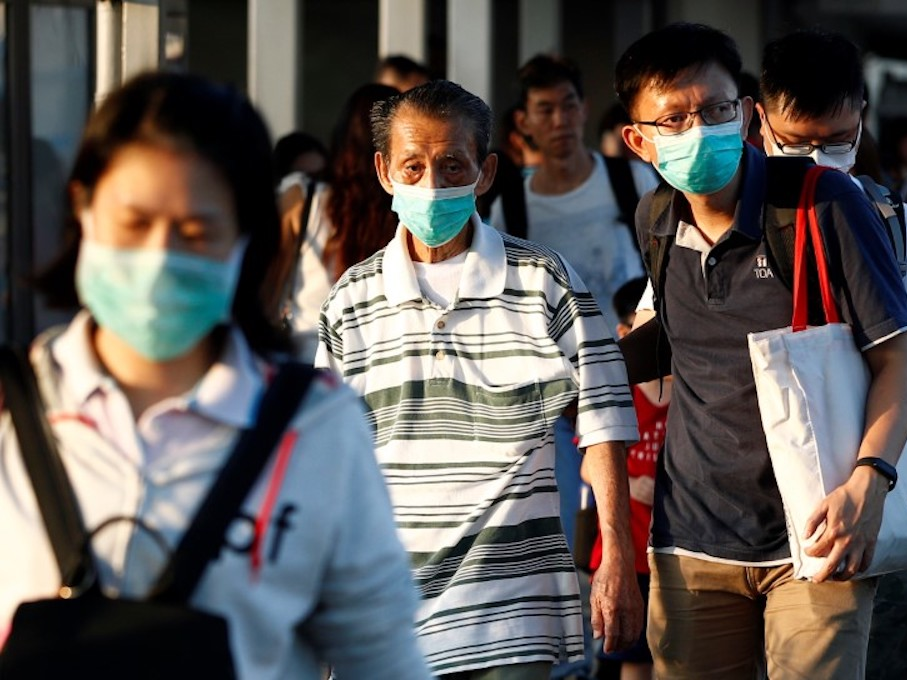- Singapore is using a smartphone app to monitor the spread of the coronavirus by tracking people who may have been exposed.
- The government’s high-tech approach has helped keep COVID-19 in check on the island nation – schools and businesses have not had to shut down there.
- The tracking app, TraceTogether, would violate a slew of privacy laws if implemented in the US, but Singapore has also made it much easier for citizens with symptoms to get a test than the US has.
- Here’s what the app looks like and how it works.
- Visit Business Insider’s homepage for more stories.
Singapore has accomplished what few nations could: It has successfully contained the spread of COVID-19 within its borders.
The island nation has confirmed just under 600 cases total. Its borders have closed, but Singapore hasn’t had to implement a shutdown – schools and businesses have remained open.
Singapore has accomplished this feat with the help of high-tech surveillance tools run by the government, including a smartphone app that tracks users’ location and proximity to other people using Bluetooth, alerting those who come in contact with someone wo has tested positive or is at high risk for carrying the coronavirus.
In addition to the app, called TraceTogether, the Singapore government sends citizens updates via WhatsApp twice a day that include the total number of cases, the suspected locations of outbreaks, and advice for avoiding infection.
We get official updates 2x a day via WhatsApp. We also got a video message from Singapore's prime minister a few weeks ago reassuring and calming everyone down.
This is a masterclass in crisis communications and management from the Singapore government.#COVID19 #Coronavirus pic.twitter.com/VylMQbSUcZ— Andrew Au 🇭🇰 區天驥 (@AndrewAu) February 25, 2020
If implemented in the US, some of Singapore's high-tech tools for curbing infection would violate privacy laws like HIPAA, which prevents the sharing of people's health information between hospitals, the government, and third parties.
Privacy issues aside, Singapore has also poured money into a system of rigorous testing, establishing more than 1,000 testing clinics and covering the cost of testing and treatment for all citizens. In the US, a shortage of testing kits has led health officials to recommend only testing hospital patients and healthcare workers.
Here's a look inside Singapore's' TraceTogether app, and a breakdown of how it has used location data and Bluetooth to help curb the spread of COVID-19.
The app, TraceTogether, can be downloaded from the Apple App Store or Google Play store.
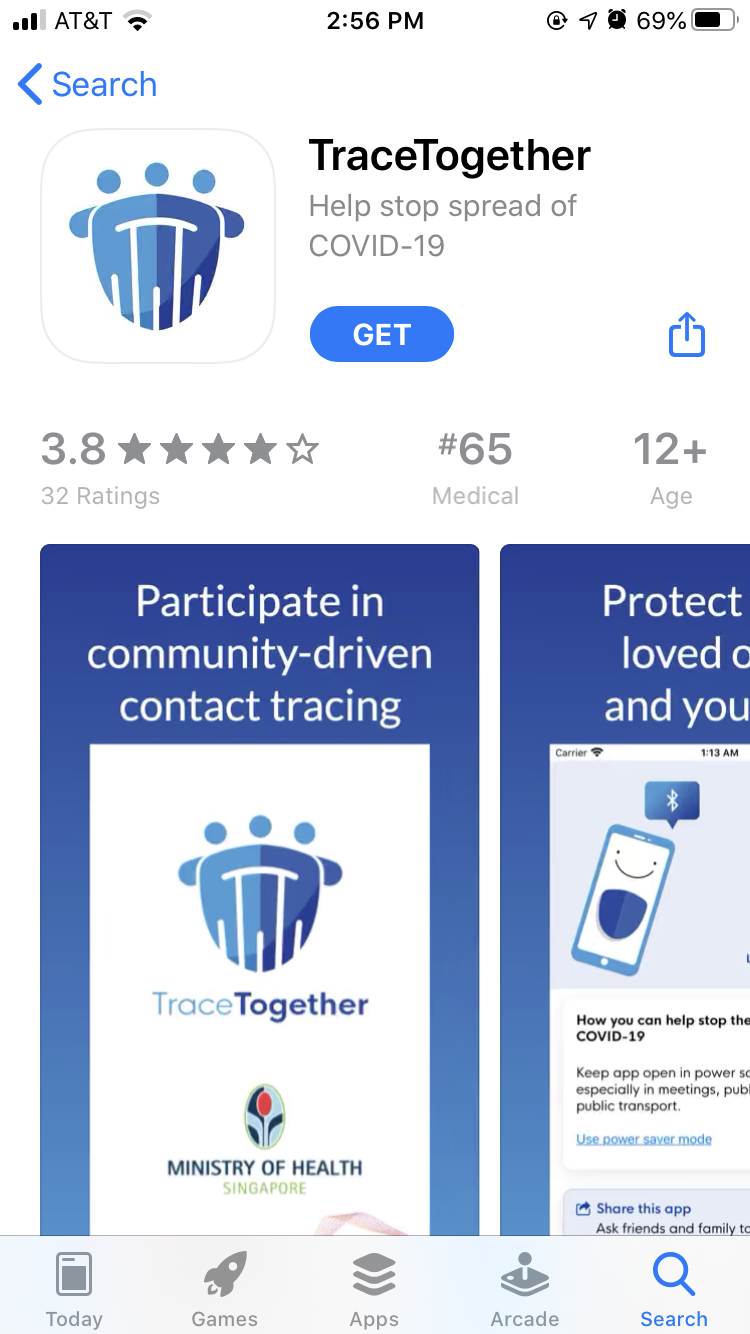
The app will appear on the home screen, featuring the TraceTogether logo.
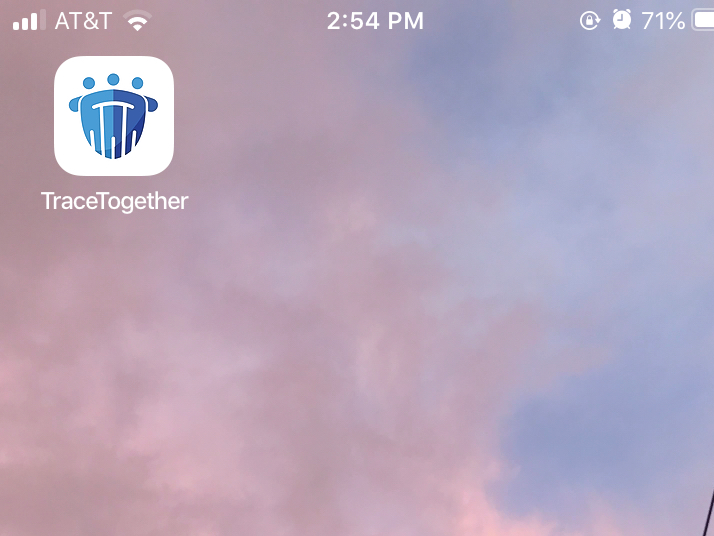
Upon opening the app, users are greeted with a reminder that it will constantly use Bluetooth to determine their proximity to other users.
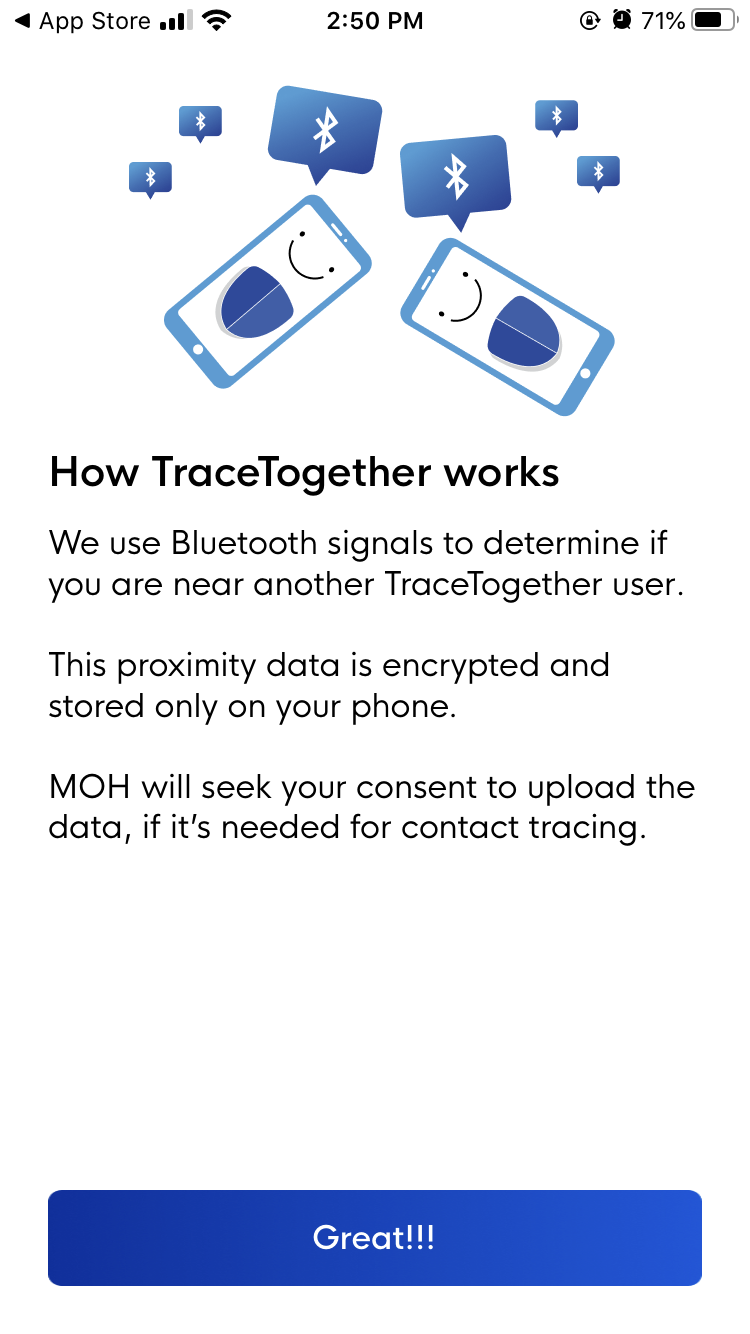
Users are then prompted to enable Bluetooth permissions.
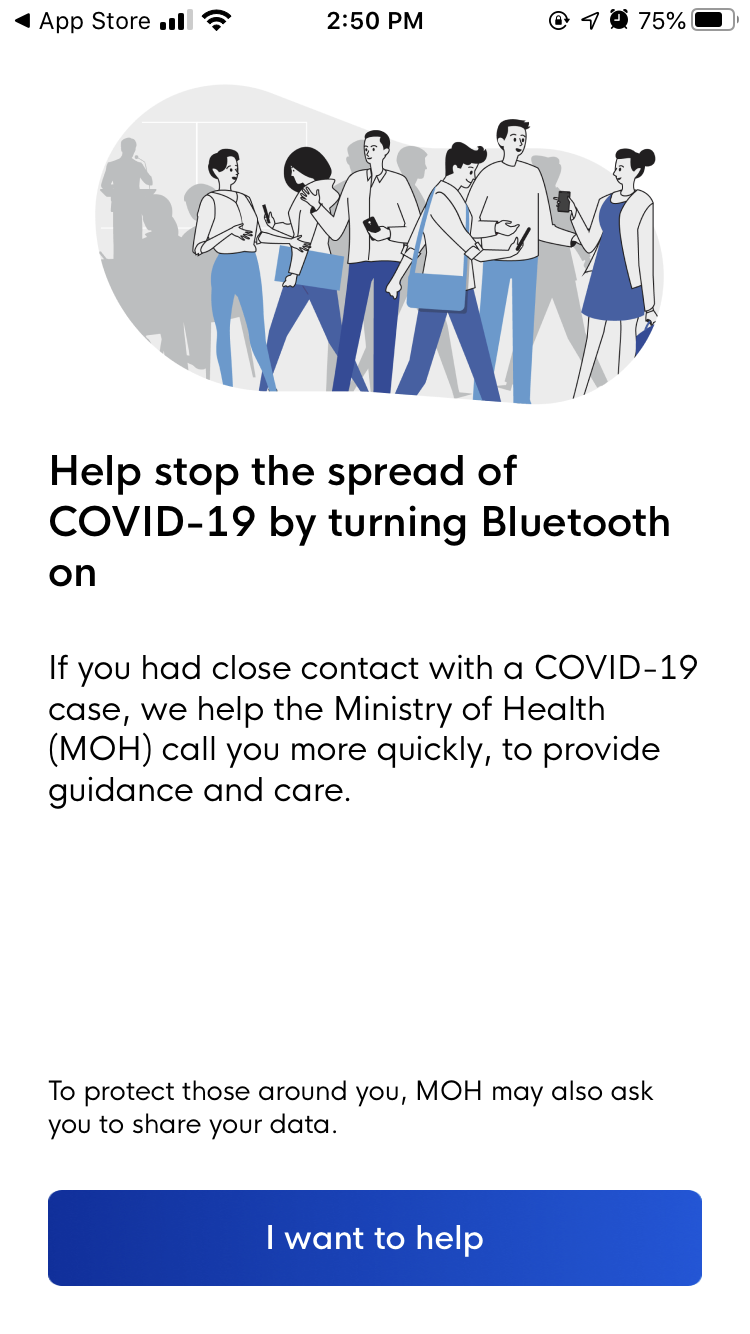
iPhone users are asked to keep the app open so it can keep using Bluetooth, which iOS will otherwise throttle to save battery life. Users are also prompted to share the app with others.
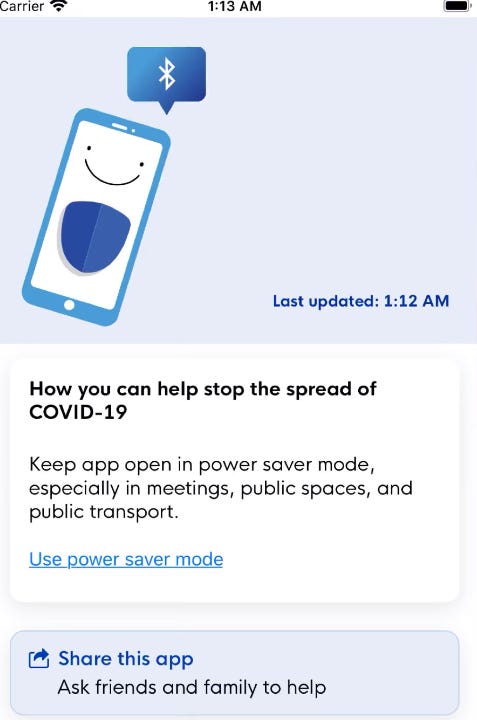
The app prompts users to input their mobile number, which the Singapore government says is paired with an anonymized ID for tracking.
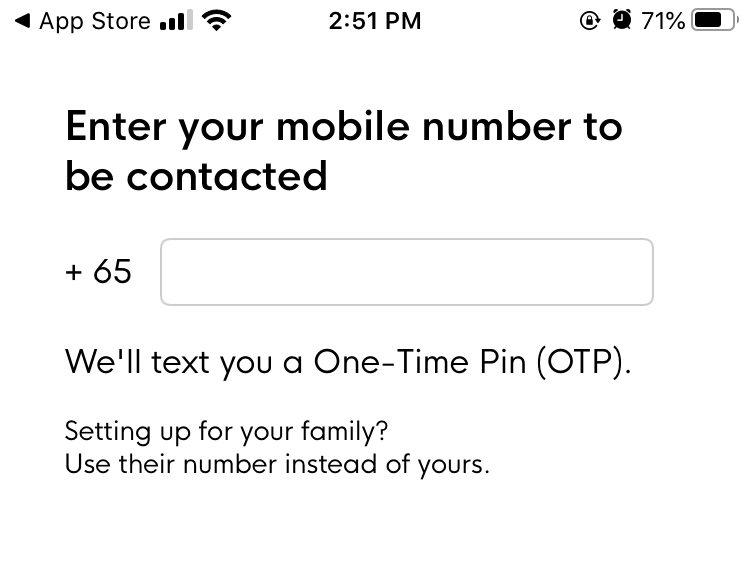
Once users grant the app permission, it will begin tracking the user's movements and logging other people they come in close contact with.
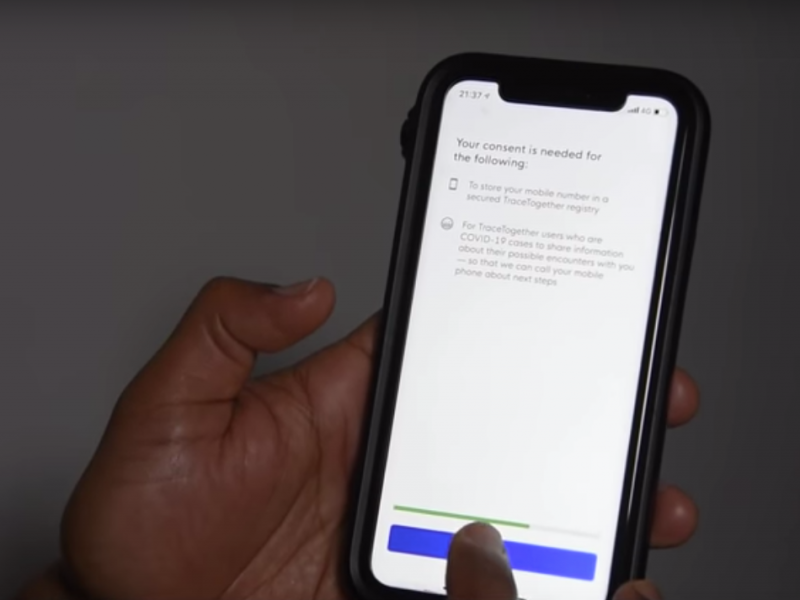
If a user's location shows that they were close to someone who has tested positive for the virus, the app will prompt that person to send their app logs to the government, which will organize a COVID-19 test.
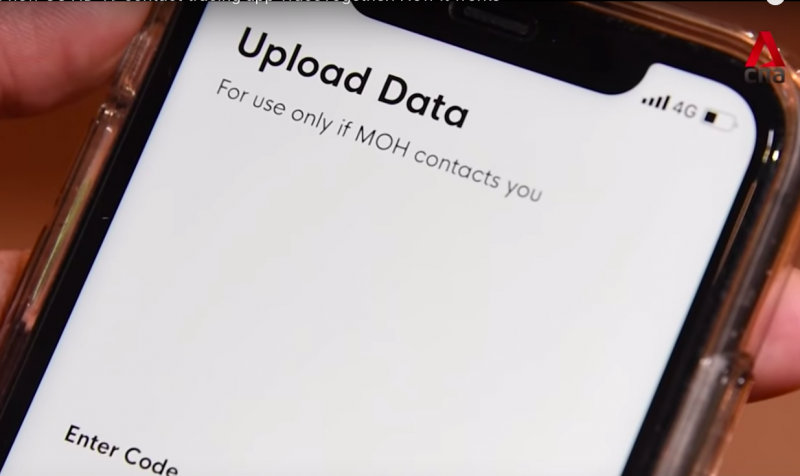
In addition to the app, the Singapore government sends people the status of COVID-19 in the country via WhatsApp twice per day.
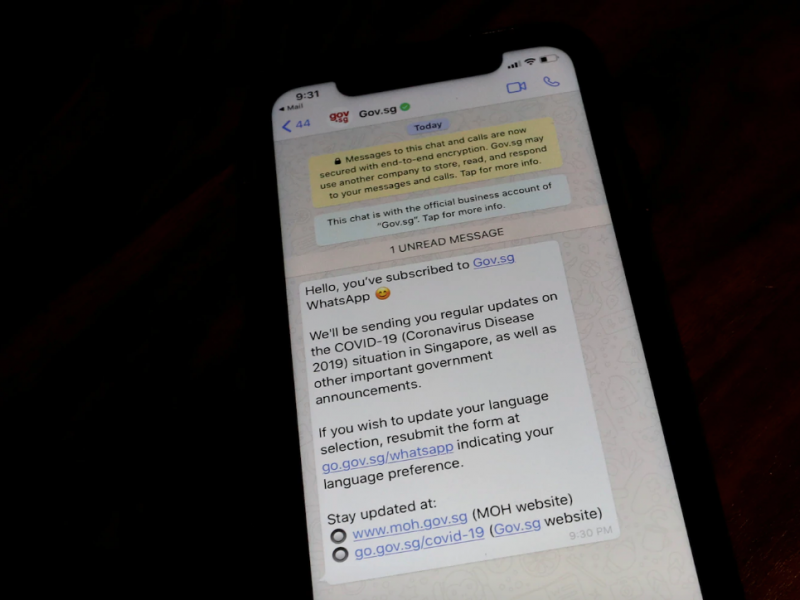
The WhatsApp messages include the number of new and recovered cases, as well as the specific locations of suspected outbreaks.
We get official updates 2x a day via WhatsApp. We also got a video message from Singapore's prime minister a few weeks ago reassuring and calming everyone down.
This is a masterclass in crisis communications and management from the Singapore government.#COVID19 #Coronavirus pic.twitter.com/VylMQbSUcZ— Andrew Au 🇭🇰 區天驥 (@AndrewAu) February 25, 2020

